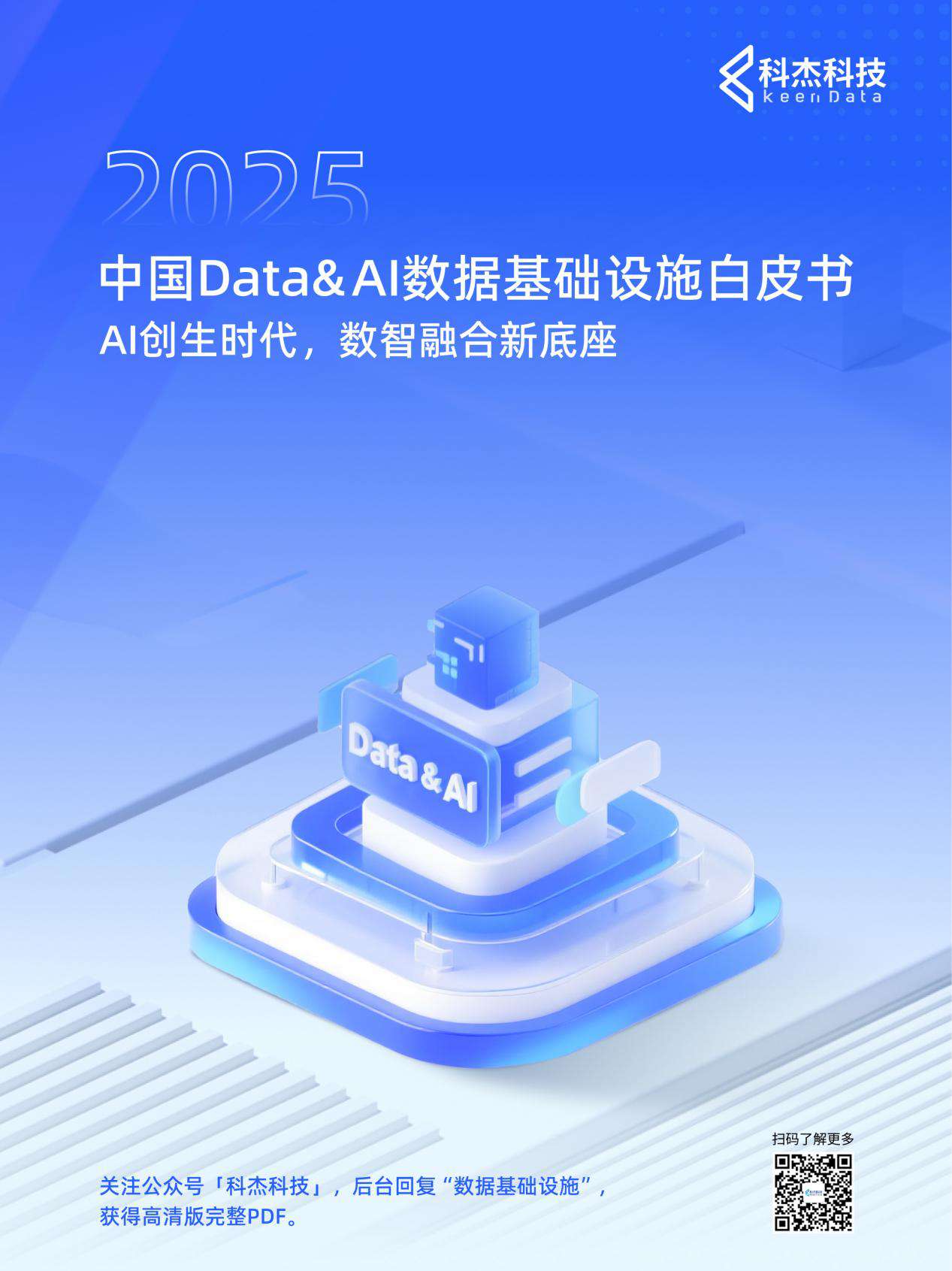Currently, the world is experiencing profound changes driven by both geopolitical reshaping and the artificial intelligence technology revolution. Globalization is evolving toward regionalization, supply chains are accelerating localization, and artificial intelligence is rapidly advancing from cutting-edge technology to core productivity. McKinsey research shows that generative AI is expected to contribute approximately $7 trillion in value to the global economy, with China expected to contribute about $2 trillion, close to one-third of the global total. IDC's predictions also confirm this trend, with global AI IT investment expected to reach $815.9 billion by 2028, while China's total AI investment will exceed $100 billion, with a five-year compound growth rate of 35.2%. This trend indicates that the AI revolution is not only a technological innovation but also a deep transformation driving the reconstruction of economic growth models.
In this transformation, various organizations, whether enterprises or governments, face enormous challenges and opportunities. Accenture's research shows that Chinese enterprises are experiencing a "squeezed transformation" with shorter transformation windows, greater pressure, and more challenges. Traditional, isolated data systems (such as data warehouses or fragmented data platforms) can no longer meet the requirements of AI applications for real-time performance, multimodal data processing, and high-elasticity computing power. Enterprises urgently need to break down data silos and address pain points such as insufficient high-quality data supply, disconnection between models and business scenarios, and data security compliance. These challenges are forcing data infrastructure to achieve a paradigm shift, evolving from single data storage and analysis tools to intelligent foundations supporting entire business processes.
For data vendors to seize opportunities and stand out in the new round of competition, the key lies in building a new generation of data infrastructure, with core capabilities including:
- First, treating data production, governance, and business-side AI model applications as a dynamic continuous production process to meet business real-time and continuity requirements;
- Second, breaking through single-scenario Agent patterns to avoid repeatedly forming "data silos." Gartner predicts that by 2028, at least 15% of daily decisions will be autonomously completed by Agentic AI, requiring data infrastructure to support cross-scenario, large-scale agent deployment;
- Third, forming an integrated data infrastructure with centralized governance and distributed empowerment, ensuring unified governance, security compliance, and efficient utilization of data assets while providing distributed empowerment to various business units, allowing flexible invocation and innovation.
At the technical level, the core path for new data infrastructure is the deep integration of "Lakehouse" and "AI-Native." "Lakehouse" combines the openness and flexibility of data lakes with the structured management and ACID transaction characteristics of data warehouses, providing a unified data foundation. "AI-Native" achieves tight coupling between data and model training, deployment, and governance, connecting the entire "data-intelligence" chain. This is not only architectural integration but also a conceptual revolution, driving Data&AI to truly merge as one. Data&AI integration will drive data value realization from "point" (efficiency improvement), "line" (organizational innovation), "surface" (industry collaboration), to "body" (industry driving), becoming the core strategic engine of intelligent society. To explore and analyze the latest trends in Data&AI integration, Jazzyear has conducted this research work, hoping to systematically organize new trends, new definitions, new paradigms, and new practical application cases of China's Data&AI data infrastructure, providing forward-looking references and feasibility guidelines for large organizations deploying Data&AI data infrastructure. Core viewpoints of the report:
- Data applications and artificial intelligence are moving from mutual independence to gradual integration, heading toward unification.
- The integration of data applications and artificial intelligence drives architectural and capability stage transitions.
- Data infrastructure becomes the "core production tool" for data elementization to continuously support intelligent transformation.
- The value chain of Data&AI data infrastructure presents a "point-line-surface-body" progression.
- The five key capabilities of Data&AI data infrastructure are integrated development, platform architecture, resource scheduling, intelligent native, and security operations.

Follow the WeChat public account "KeenData" and reply "data infrastructure" to get the high-definition complete PDF. Or click "Read More" at the end of the article to enter the Jazzyear official website for download.